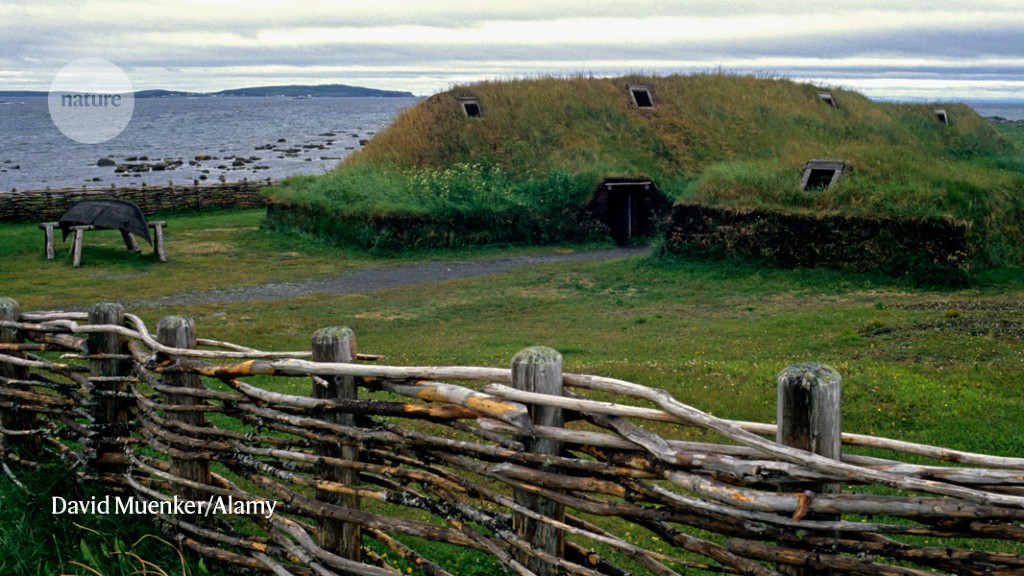NEWS AND VIEWS 22 December 2021
During the twentieth century, our knowledge of the past was revolutionized by the introduction of radiocarbon dating, by the calibration of radiocarbon data to calendar dates using wood controls of known age and by advances in dating increasingly small samples. Now, another radiocarbon revolution is under way. There is a growing trend in harnessing calibration data that can be pinpointed to an individual year — measured using single rings of individual trees. For the years for which such calibration data exist, the most-recent international radiocarbon calibration curve, called IntCal20, represents a principal advance over the previously used approach (which often combined several tree rings for calibration analysis)1. Writing in Nature, Philippsen et al.2 and Kuitems et al.3 report how this method was used to clarify the timelines of two key Viking sites. doi: https://doi.org/10.1038/d41586-021-03769-9 1.Reimer, P. J. et al. Radiocarbon 62, 725–757 (2020).Article Google Scholar 2.Philippsen, B., Feveile, C., Olsen, J. & Sindbæk, S. M. Nature https://doi.org/10.1038/s41586-021-04240-5 (2021).Article Google Scholar 3.Kuitems, M. et al. Nature https://doi.org/10.1038/s41586-021-03972-8 (2021).Article Google Scholar 4.Koch, A., Brierley, C., Maslin, M. M. & Lewis, S. L. Quat. Sci. Rev. 207, 13–36 (2019).Article Google Scholar Download references The author declares no competing interests.
https://www.nature.com/articles/d41586-021-03769-9
